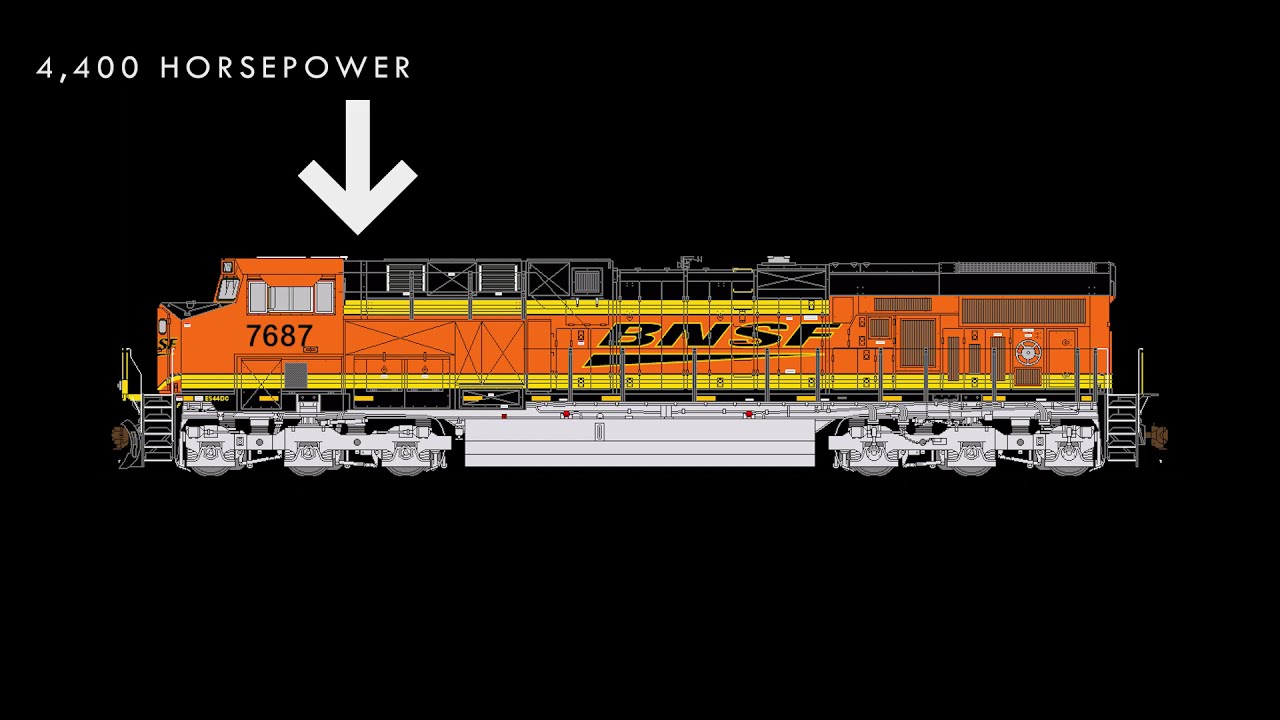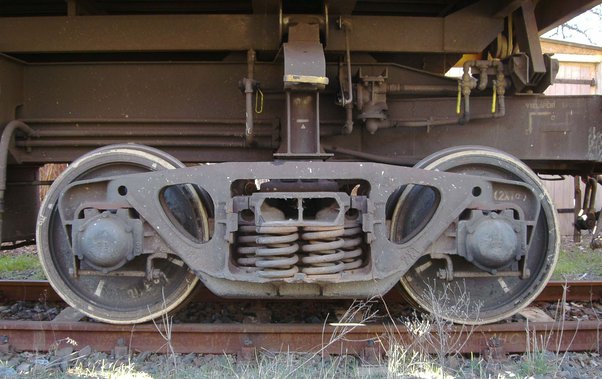How Much Does a Locomotive Weigh?
Locomotives are essential components of the railway industry, responsible for hauling heavy loads across long distances. One crucial aspect of locomotives is their weight, as it directly affects their performance and capabilities. In this article, we will delve into the topic of locomotive weight, discussing its significance, factors that influence it, and providing examples of different locomotives and their respective weights. By the end, you will have a comprehensive understanding of how much a locomotive weighs and the factors contributing to its weight.
1. The Importance of Knowing Locomotive Weight

The Importance of Knowing Locomotive Weight
1.1 Efficiency and Fuel Consumption: Understanding the weight of a locomotive is crucial for ensuring efficient operations. The weight directly affects the locomotive's fuel consumption, as heavier locomotives require more power to haul loads. By knowing the weight, railway companies can optimize their operations and reduce fuel costs.
1.2 Load Capacity and Performance: Locomotive weight determines the load capacity it can handle. Heavy locomotives are designed to pull larger loads, while lighter ones are suitable for smaller loads. Knowing the weight of a locomotive allows railway operators to determine its performance capabilities and plan their operations accordingly.
2. Factors Influencing Locomotive Weight

Factors Influencing Locomotive Weight
2.1 Engine Type and Power: Different types of locomotives feature varying engine designs, which significantly impact their weight. Traditional locomotives powered by diesel engines tend to be heavier than their electric or hybrid counterparts. The power output of the engine also contributes to the overall weight.
2.2 Frame and Construction Materials: The materials used in the construction of locomotives play a vital role in determining their weight. For instance, locomotives made of steel are generally heavier compared to those constructed using lightweight alloys or composites. The frame design and reinforcements also affect the weight.
2.3 Auxiliary Equipment and Systems: Locomotives feature various auxiliary equipment and systems, such as air compressors, generators, and braking systems. The inclusion and size of these components contribute to the overall weight of the locomotive.
3. Examples of Locomotive Weights
3.1 Freight Locomotives: Freight locomotives are designed to haul heavy loads over long distances. Here are some examples of popular freight locomotives and their average weights:
| Locomotive Model | Weight (tons) |
| General Electric AC4400CW | 198 |
| Electro-Motive Diesel SD40-2 | 134 |
| EMD SD90MAC | 203 |
3.2 Passenger Locomotives: Passenger locomotives are built for faster travel and comfortable passenger experience. Here are a few examples of passenger locomotives and their average weights:
| Locomotive Model | Weight (tons) |
| Siemens ACS-64 | 110 |
| Bombardier ALP-46 | 131 |
| General Electric Genesis P42DC | 125 |
In conclusion, knowing the weight of a locomotive is essential for optimizing railway operations and ensuring efficient performance. Factors such as engine type, construction materials, and auxiliary systems influence the weight of locomotives. By understanding these factors, railway companies can make informed decisions regarding load capacities, fuel consumption, and operational planning. Whether it's a freight or passenger locomotive, the weight plays a significant role in determining its capabilities. So, next time you see a locomotive, you'll have a better appreciation for the immense weight it carries to keep the railways running smoothly.